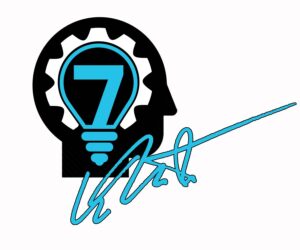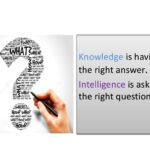Who do you think you are? What the heck are you doing? More importantly, why are you bothering with it?
One of the largest crises facing today’s young adults as well as business owners in the United States is a lack of identity. As a Business Coach in Edmond, Oklahoma, we see this issue every day. Business owners are hustling around so quickly, there isn’t enough time to stop and focus on what is important.
The “busyness” rules the business.
If this statement resonates with you, you will benefit from this article and you should seriously consider retaining a Business Coach.
If you don’t have specific, measurable, long and short-term objectives, any task in your business may seem like a good way to spend your time, but it’s not. It’s actually the absolute worst way to spend your time.“If you don’t know where you are going, any road will do.”
A vast majority of business owners in every city in the nation originally founded their business because they enjoyed making and delivering the products and/or services they provide. That’s the fun part. Doing the tactical work is the biggest reason for failure. I published an article in Forbes earlier this year revealing that 91% of business owners fail at their business within 40 months of opening—most fail within 24 months. Here’s the link to read more: Forbes Business Failure Rates
An important exercise for any business owner or entrepreneur is to take a minute and walk through a simple process of asking themselves the right questions. These are called the Corporate Identity Statements and include a Statement of Vision, Purpose, and Mission. The 9% of business owners that succeed know who they are and where they are going with their business.
The next three articles are devoted to this subject of identity.
Let’s begin with your Vision Statement. This statement answers the question of “What?”
What is it that you want to accomplish in your business? When you look back in the rear-view mirror of life, what is it that you want to have accomplished with all your effort, ingenuity, talents, and discipline? Vision Statements don’t vary in the face of changing trends or different economies.
One characteristic of a Vision Statement is brevity. Typically, it will be five to fifteen words pointing directly to your central long-term objective. This should be easily memorable for clients and employees. Below are some examples from well-known companies
Southwest Airlines: “To become the world’s most loved, most efficient, and most profitable airline.”
Habitat for Humanity: “A world where everyone has a decent place to live.”
Google: “To provide access to the world’s information in one click.”
Disney: “To make people happy.”
Are you ready to create a Vision Statement for your company? Here’s a link to a simple 2-page worksheet that will help you build your own statement. 7th Gear Coaching Vision Statement Worksheet
If you want more background on this topic, you might like this post “The 7th Gear”
Stay tuned for two more articles regarding identity.

Business owners and entrepreneurs are invited to take my Free Online Assessment on the main page of the 7th Gear Website










